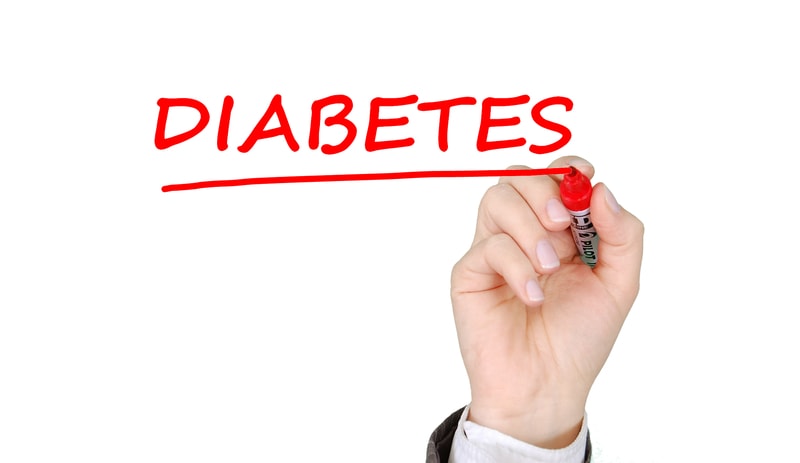Diabetes is a lifelong condition associated with abnormal levels of sugar, or glucose, in the blood. We all need glucose to fuel our bodies and this process is usually helped along by a hormone called insulin, but people with Type 1 diabetes can’t make any insulin at all. Those with Type 2 diabetes can’t make enough insulin or their body doesn’t react to it in the right way. During pregnancy, the hormones you produce can make it hard for your body to use insulin properly, which can lead to gestational diabetes. The way you manage insulin has a profound impact on your blood glucose level, which is higher depending on the type of diabetes. Too much sugar in your blood causes multiple problems. (1)
How is diabetes linked to stroke?
Over time, high glucose levels in your blood can put strain on organs, such as your heart or eyes. Just like the effects of high cholesterol, this can also damage your blood vessels, making them narrower and more likely to block. If blood flow to the brain is interrupted, it becomes starved of vital oxygen and nutrients causing a stroke. (2)
How common is stroke in patients with diabetes?
By 2030, the number of people affected by diabetes around the world is estimated to be as high as 578 million (3). Studies show that having diabetes means you are more likely to develop heart disease and have certain risk factors, such as high blood pressure or high cholesterol, that increase your chances of having a stroke (4). Type 1 patients have a higher risk of stroke as they are more likely to suffer hardening of the arteries, but Type 2 diabetes is more common and, therefore, is associated with more diabetic strokes (5).
Can diabetics reduce their risk of stroke?
Diabetes has been identified as one of ten modifiable risk factors for stroke. This means there are certain lifestyle changes and other measures that can be taken to reduce the risk. While Type 1 diabetes often runs in families, Type 2 diabetes is preventable, as it is often a result of poor diet and obesity, especially in developed nations (1).
What are the top symptoms of diabetes?
It’s not always easy to know if you have diabetes, as it can develop over many years, and you may not have any obvious symptoms. A simple test will show if you have too much glucose in your blood, but here are a few early warning signs to watch out for:
- Feeling very thirsty
- Urinating more frequently, especially at night
- Extreme tiredness
- Weight loss (even though you are eating more (Type 1))
- Genital itching or regular episodes of thrush
- Cuts or wounds that heal slowly
- Blurred vision
- Tingling, pain or numbness in the hands/feet (Type 2)
People who have already been diagnosed with diabetes can control its effects by taking medication, if prescribed by their doctor.
Making lifestyle changes, such as improving diet, reducing body fat and increasing exercise, have also shown to be beneficial in controlling the level of glucose in the blood. In short, preventing or managing diabetes can lower your risk of stroke.
References
- https://www.diabetes.org.uk/diabetes-the-basics.
- https://www.diabetes.org.uk/guide-to-diabetes/complications/stroke.
- Pouya Saeedi et al. Global and regional diabetes prevalence estimates for 2019 and projections for 2030 and 2045: Results from the International Diabetes Federation Diabetes Atlas, 9th edition. Published September 10, 2019. https://doi.org/10.1016/j.diabres.2019.107843 .
- https://www.niddk.nih.gov/health-information/diabetes/overview/preventing-problems/heart-disease-stroke.
- Rong Chen et al. Am J Med Sci.; available in PMC 2017 Feb 8. Diabetes and Stroke: Epidemiology, Pathophysiology, Pharmaceuticals and outcomes. doi: 10.1016/j.amjms.2016.01.011.
Updated February 2022
Next review 2024














